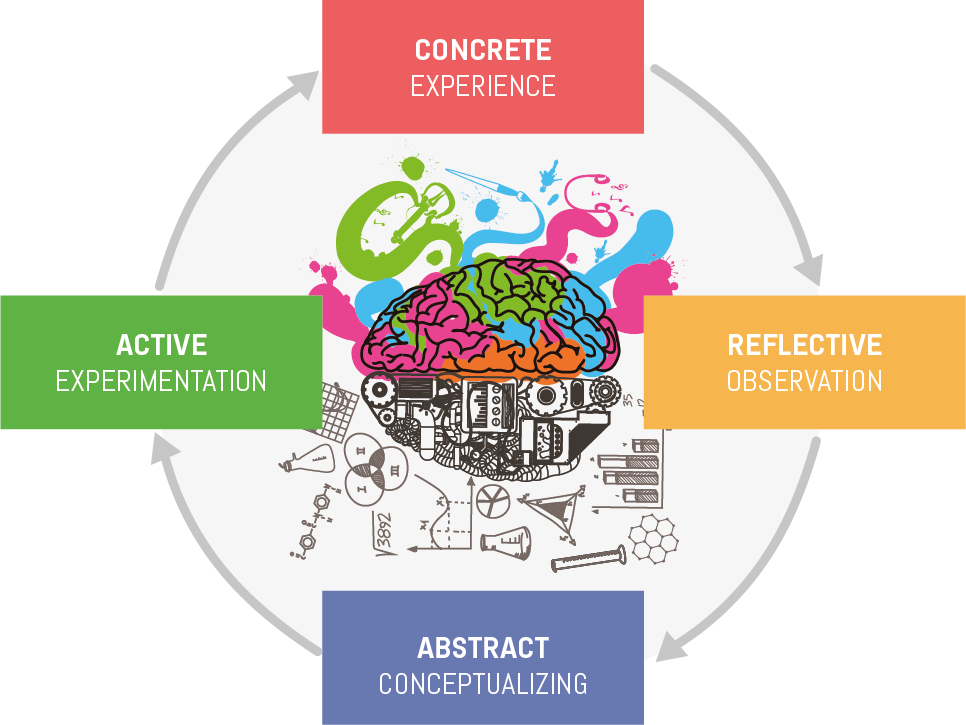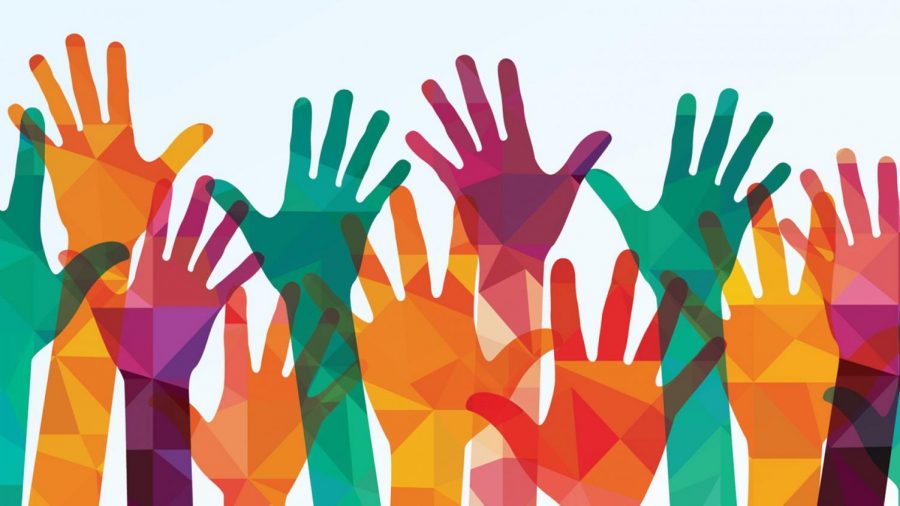Empowering Communities through Augusto Boal’s Theatre of the Oppressed

Have you ever heard of the Theatre of the Oppressed? In this blog post, I’ll explain what it is briefly. And then, you can decide whether you would like to do deep research about it. But I can tell you one thing for sure; it’s a life-changing methodology.
So, what is it? Augusto Boal’s “Theatre of the Oppressed” is a form of participatory theatre that aims to empower individuals and communities by encouraging them to become active participants in the theatrical process. Boal’s techniques were developed during his time as a political activist in Brazil, where he sought to use theatre as a tool for social change.

The Theatre of the Oppressed is based on the idea that theatre can be a means of exploring social and political issues, as well as a way to empower individuals to take action to address these issues. Boal believed that theatre could be used as a tool for social transformation, and he developed a number of techniques that enable participants to explore and challenge social hierarchies, power structures, and systems of oppression.
There is a concern about the methodology when a trainer wants to use it, such as: “This is a drama-based method, and I am (or my group is) not talented”! Let me tell you this, one of the core principles of the Theatre of the Oppressed is that everyone has the capacity to create theatre. Boal believed that theatre should not be the exclusive domain of trained professionals but rather a tool anyone can use to explore and express their ideas and experiences. In this sense, the Theatre of the Oppressed is a form of popular education where theatre becomes a means of exploring and analyzing social issues.

Theatre of the Oppressed techniques involves a range of exercises and games that enable participants to explore power dynamics and social relationships. These techniques include Image Theatre, where participants create a tableau or living picture to explore a particular issue; Forum Theatre, where participants act out a scene and then invite audience members to intervene and suggest alternative solutions; and Rainbow of Desire, where participants explore their own personal desires and motivations.
One of the key features of the Theatre of the Oppressed is its focus on action and dialogue. Boal believed that theatre should be a form of entertainment and a tool for social change. Through Theatre of the Oppressed techniques, participants are encouraged to explore social issues in a way that leads to concrete action and change.
The Theatre of the Oppressed has been used worldwide as a tool for social change. It has been used to address issues such as racism, sexism, homophobia, and poverty and by various groups, from community organizations to social justice movements.
Augusto Boal’s Theatre of the Oppressed is a powerful tool for social change that enables individuals and communities to explore and challenge social hierarchies and systems of oppression. Through various techniques, participants are empowered to become active agents of change, and theatre becomes a means of exploring and addressing social issues.
Let’s check his other work, Games for Actors and Non-Actors because it is also a groundbreaking book that has become a staple in theater and performance.
In Games for Actors and Non-Actors, Boal outlines a series of theater games and exercises that can help actors and non-actors develop their creativity, imagination, and performance skills. The book is divided into three parts, each focusing on a different aspect of the theatrical process.
The first part of the book, Games for Actors, contains a series of exercises designed to help actors develop their physical, vocal, and emotional range. These playful games often involve improvisation and experimentation, allowing actors to explore different aspects of their craft in a safe and supportive environment.
The second part of the book, Games for Non-Actors, is aimed at people who are not professional actors but are interested in using theater for personal and social transformation. These games are designed to be accessible to anyone, regardless of their experience or skill level. They can explore various issues and themes, from personal identity to social justice.
The book’s third part, Games for Actors and Non-Actors Together, combines the previous two sections and encourages actors and non-actors to work together to create and perform theater relevant to their lives and communities. These games are particularly effective in promoting dialogue and understanding between different groups of people and can be used to address a range of social and political issues.
One of the key concepts that underpin Boal’s approach to theater is the idea of spect-actors, which refers to the idea that everyone who watches a performance is also an active participant in it. This means that theater can be used not only as a means of entertainment but also as a way of engaging with important social and political issues.

Boal’s approach to theater has profoundly impacted the world of performance, and his techniques have been used by artists and activists worldwide. Games for Actors and Non-Actors is an essential resource for anyone interested in using theater as a tool for personal and social transformation, and its legacy continues to be felt today.
I hope it was helpful to you. See you in my next blog post.








Okan, thanks for sharing! I would love to explore it more, and I will. If you will have activities connected to the topic and you will have space for international participants, feel free to call!
I think I am fangirling for Augusto more than Freire. I loved the masks section int the book especially, the addition of masks activity. I think it can be a powerful tool for exploring intersectionality and how our diverse-sometimes contradicting identities- interact with each other.